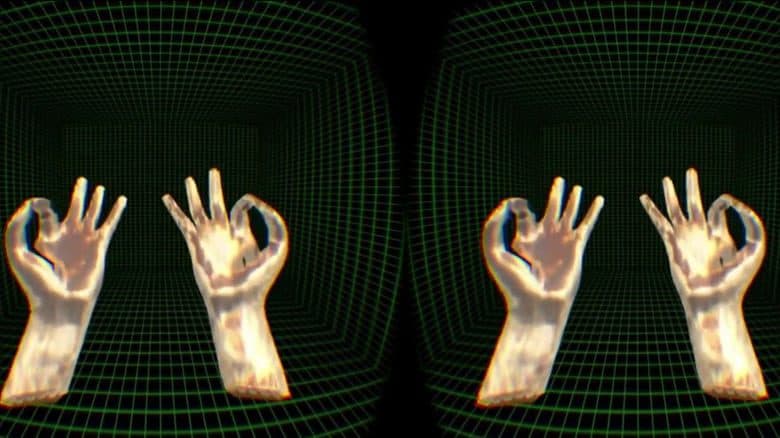Oculus VR announced Thursday that it agreed to buy Pebbles Interfaces, one of the leading firms in the development of depth and motion-sensing technology. It could be a major step forward in the Virtual Reality area since gesture tracking and hand movements are fundamental challenges in the use of VR headsets.
From the Oculus VR Blog
The CTO of Pebbles said:
At Pebbles Interfaces, we’ve been focused on pushing the limits of digital sensing technology to accelerate the future of human-computer interaction. Through micro-optics and computer vision, we hope to improve the information that can be extracted from optical sensors, which will help take virtual reality to the next level. We’ve always believed visual computing will be the next major platform in our lifetime, and we’re excited to join the Oculus team to achieve that vision for the future.
Human-Computer Interaction
Pebbles is developing technology that makes VR truly interactive, giving you the sense that you are not just in an immersive environment, but actually able to manipulate objects with your hands.
Take a look at the video from Pebbles and imagine the possibilities for entertainment, education and so many other areas. This is where virtual reality begins to mature, to become more than an amazing but largely passive visual experience:
A Series of Acquisitions for Oculus VR
Since Facebook put down $2 Billion to buy Oculus VR back in 2014, Oculus has gone on to purchase six companies in the VR space:
In June 2014, Oculus acquired Carbon Design Group, a Seattle-based company that helped Microsoft design the Xbox 360 controller, Kinect motion-sensing camera, and other hardware. Two weeks later, Oculus acquired game-networking engine RakNet and swiftly made it open source.
Last December, Oculus acquired two VR companies in one fell swoop — Nimble VR and 13th Lab — before going on to snap up computer vision startup Surreal Vision in May.
The Future of Virtual Reality
At the SXSW Games Expo in Austin this year, the audience was looking for how Virtual Reality would move beyond the limitations of sight to a more tactile experience. And Palmer Lucky, head of Oculus Rift, made it clear that the full potential of VR could only come about through motion-sensing technologies.
With Oculus VR and Pebble joining forces, the door may have just opened to solving that challenge.
Emory Craig is a writer, speaker, and consultant specializing in virtual reality (VR) and artificial intelligence (AI) with a rich background in art, new media, and higher education. A sought-after speaker at international conferences, he shares his unique insights on innovation and collaborates with universities, nonprofits, businesses, and international organizations to develop transformative initiatives in XR, AI, and digital ethics. Passionate about harnessing the potential of cutting-edge technologies, he explores the ethical ramifications of blending the real with the virtual, sparking meaningful conversations about the future of human experience in an increasingly interconnected world.

